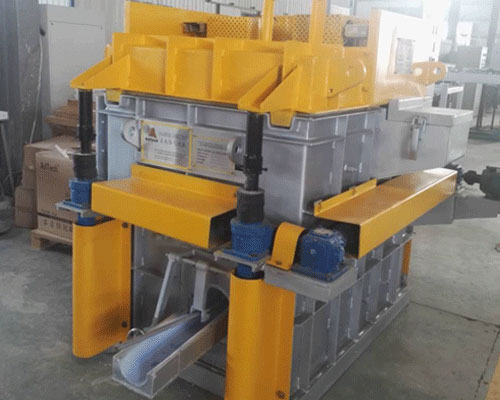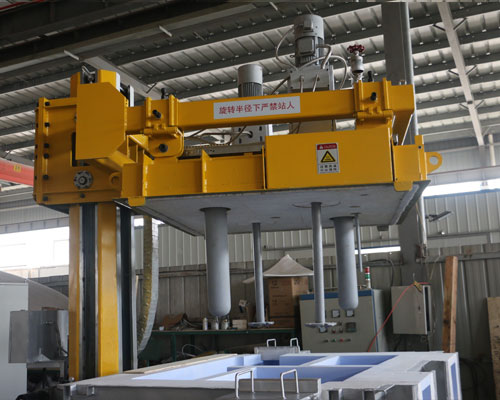Aluminum is a metal used often for its relative strength given its lightweight. When aluminum is cast, however, impurities known as inclusions can create weak points in the product. These inclusions will lead to defects in the structure of the aluminum alloy casting. With the demand for higher quality aluminum products increasing, especially in the aerospace industry, so does the need for the quality of aluminum alloy products. In order to remove impurities from the melt to provide cleaner, better quality aluminum, one of the most effective cleaning methods is Degassing Aluminum. Degassing in casting is therefore essential to remove hydrogen and non-metallic inclusions from the molten metal prior.
Degassing in Casting
The degassing of aluminum is based on the principle that dissolved hydrogen gas will move from an area of high concentration (in the melt) to an area of low concentration (in the inert gas). Hydrogen gas disperses in molten metal as it would if it were released in any confined space. It will maintain a constant concentration throughout the melt.
Hydrogen gas can migrate in liquid metal almost as fast as it can in air. Therefore, it is unnecessary to bring every ounce of metal in contact with the inert gas. The efficiency of aluminum degassing is determined by two factors, the transfer rate across the metal/gas interface and the total surface area available for transfer.
Traditional hydrogen degassing systems bubbled specialty gases (Chlorine, Freon, or SF6) through the metal to speed the hydrogen transfer across the metal gas interface into large bubbles. There was a practical limit to hydrogen removal on humid days because as the large bubbles would break the surface, an increased surface area of metal was created which then absorbed more hydrogen from the humid atmosphere.

Degassing Unit Manufacturer
AdTech has long been aware of the need for an effective fluxing gas treatment to remove hydrogen and inclusions. So the online degassing unit by AdTech can meet this requirement and achieve the best possible degassing efficiency. The rotary degassing has a major breakthrough in automated, efficient, cost-effective degassing. The principle of degassing machines needs a rotor, it can generate very fine bubbles of inert gases that are evenly and consistently distributed throughout the metal bath.
Degassing Unit has an ultra-long life furnace body using new high-silicon molten material manufacturing technology. The degassing rotor, heater protection sleeve, and thermocouple protection sleeve are all made of silicon nitride (Si3N4) ceramic manufacturing technology. It is to exclude hydrogen and other residues contained in molten aluminum and its alloys that affect its quality and mechanical properties.


